Lesson Progress
0% Complete
Creating Daily, Weekly, and Monthly Plans
- Daily Plans: Create a to-do list each day, focusing on priority tasks. Example: Use a task list to organize daily work, such as preparing a report and attending meetings.
- Weekly and Monthly Plans: Develop broader plans to track progress toward long-term goals. Example: Outline weekly objectives and monthly milestones for a marketing campaign.
- Real-World Example: An executive uses a weekly planner to allocate time for strategic meetings, project reviews, and personal development, ensuring a balanced approach to work and growth.
Using Calendars, Planners, and Task Management Tools
- Calendars and Planners: Use digital calendars (e.g., Google Calendar) or physical planners to schedule appointments and deadlines. Example: Set reminders for key meetings and deadlines.
- Task Management Tools: Tools like Asana, Trello, and Microsoft To Do help organize and track tasks. Example: Use Trello boards to manage project tasks and track progress visually.
- Real-World Example: A team leader uses Asana to assign tasks, set deadlines, and track project progress, improving team collaboration and task management.
Avoiding Procrastination and Managing Distractions
- Procrastination: Break tasks into smaller, manageable steps. Example: If writing a report feels overwhelming, break it into sections and tackle one section at a time.
- Distraction Management: Use techniques like the Pomodoro Technique and apps like Freedom to block distractions. Example: Work in 25-minute intervals with 5-minute breaks to maintain focus.
- Real-World Example: A writer uses the Pomodoro Technique to maintain focus while working on a manuscript, resulting in increased productivity and timely completion.

Responses